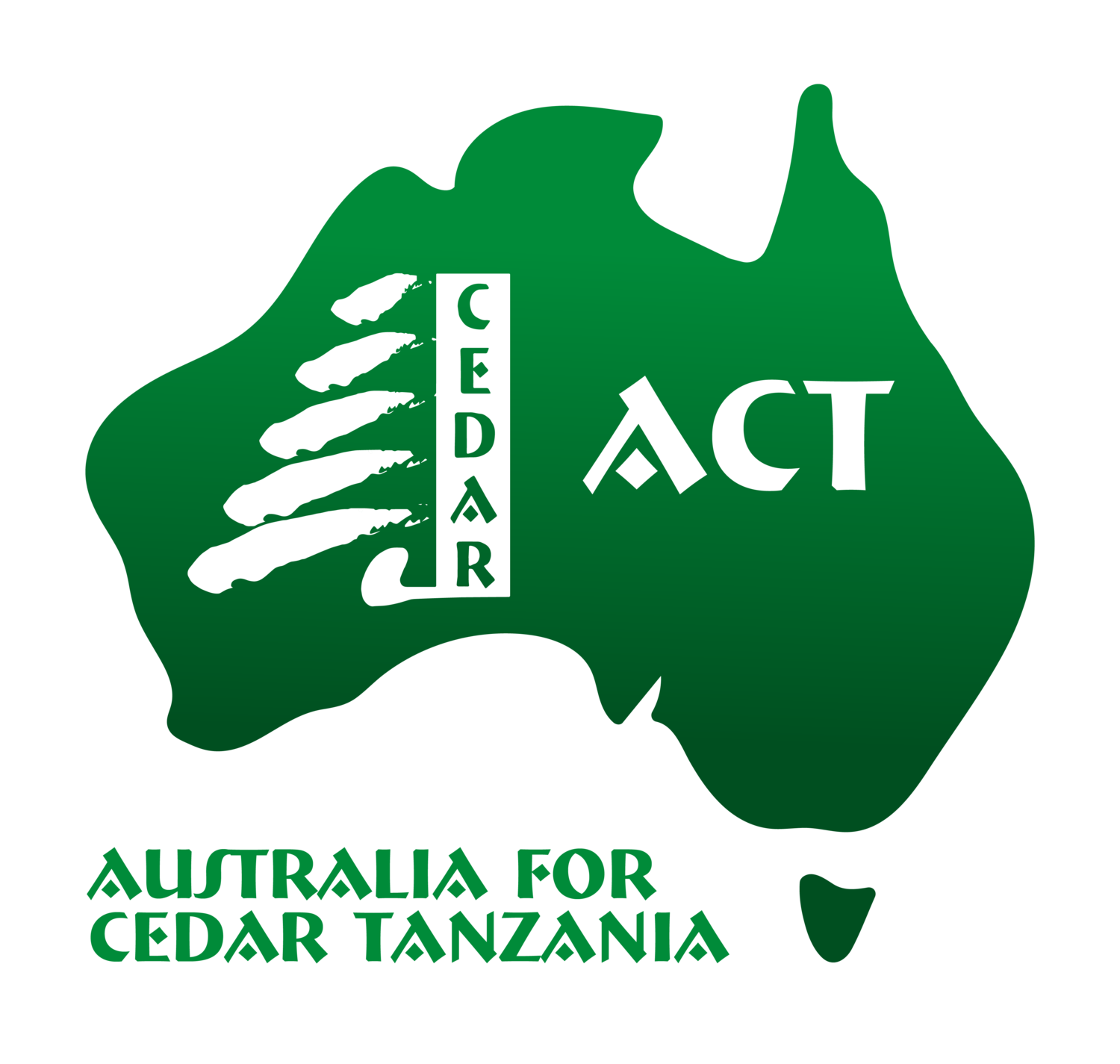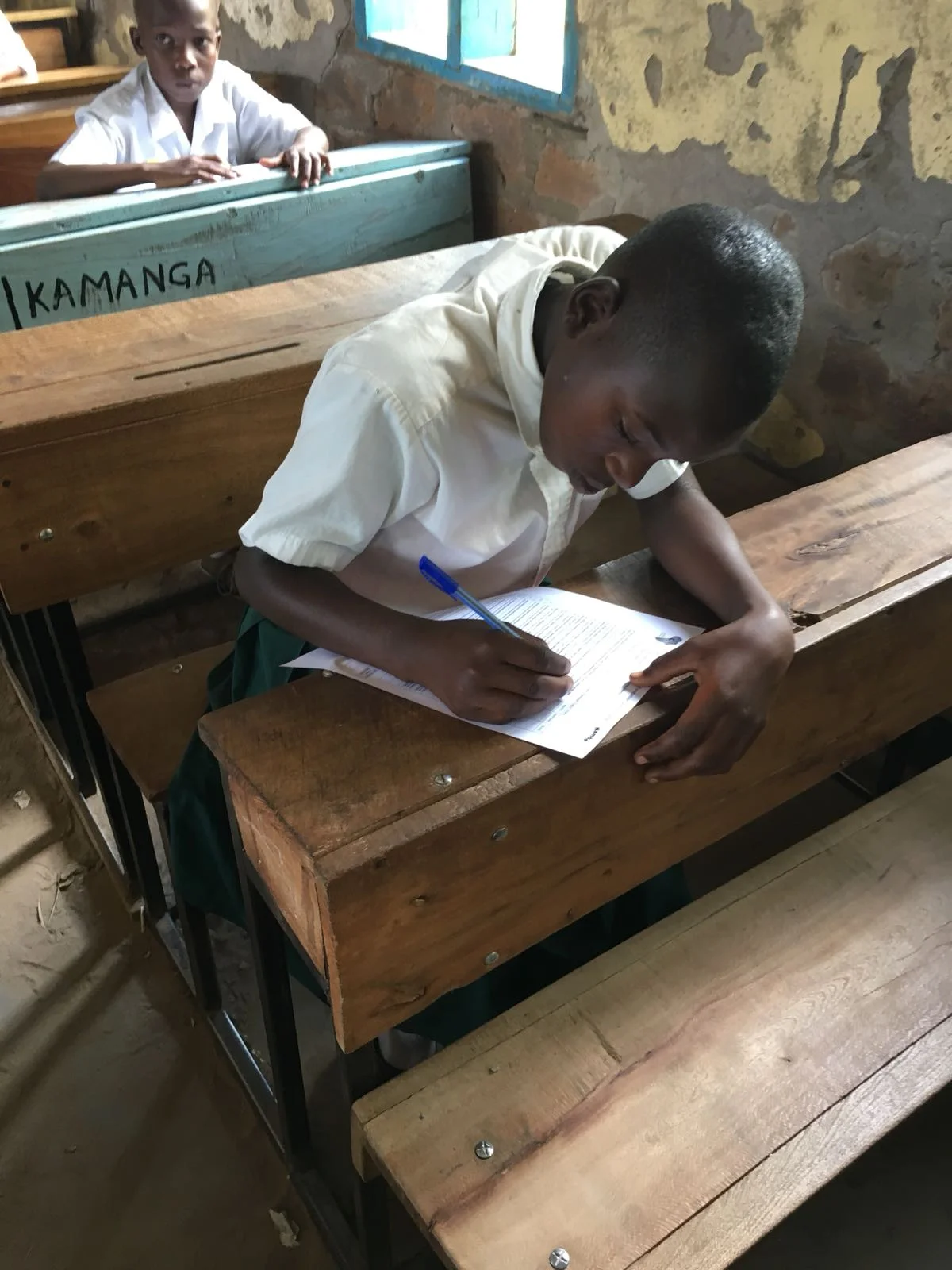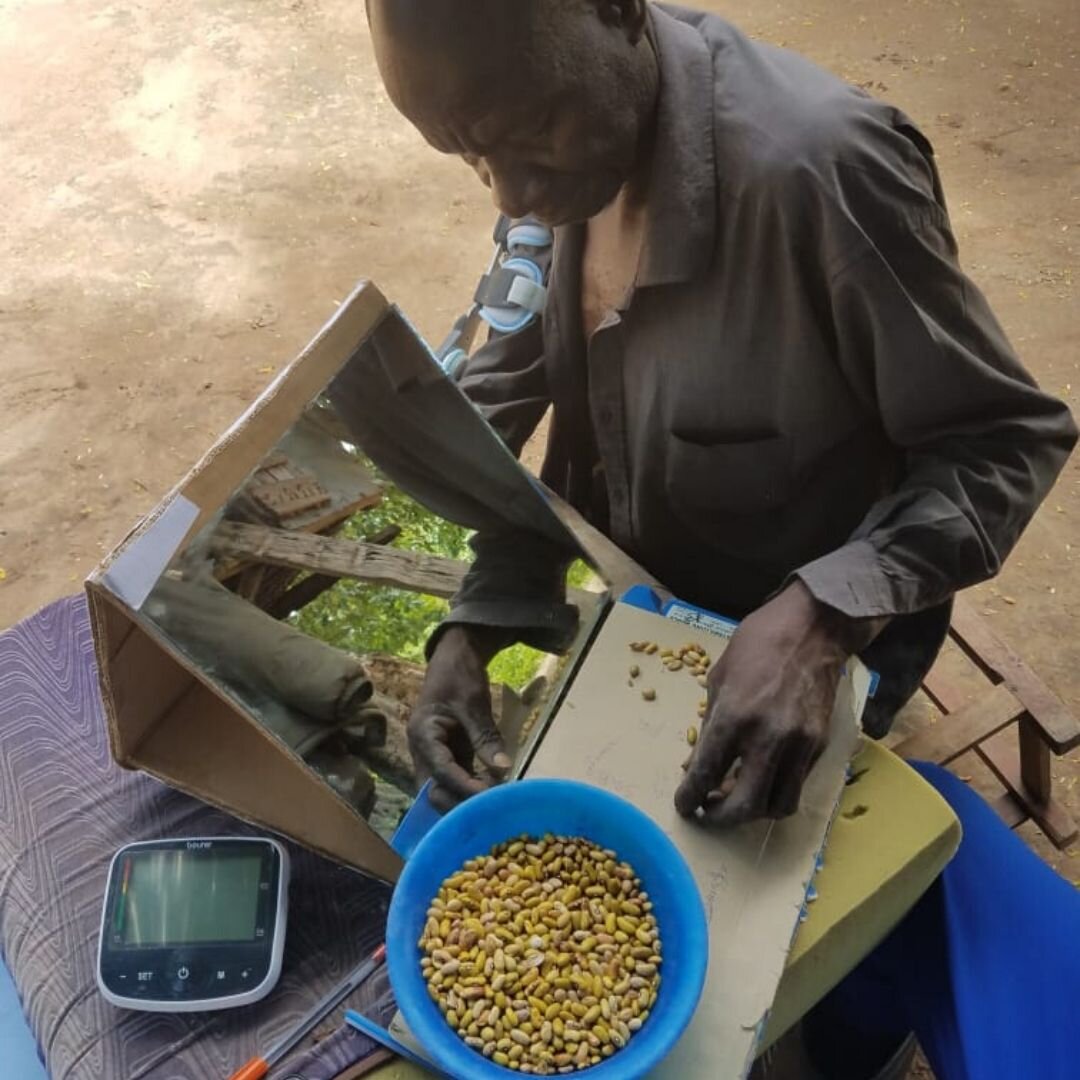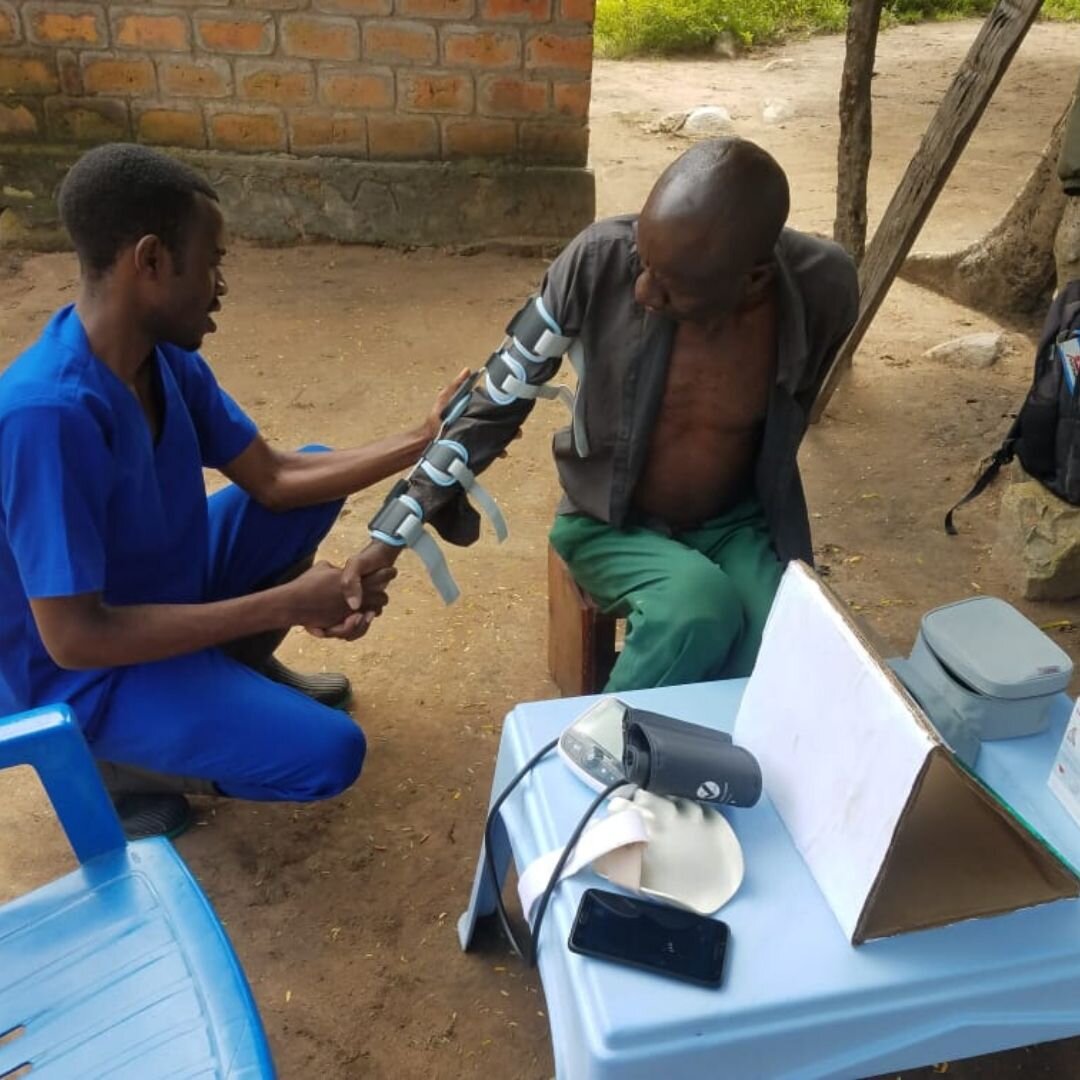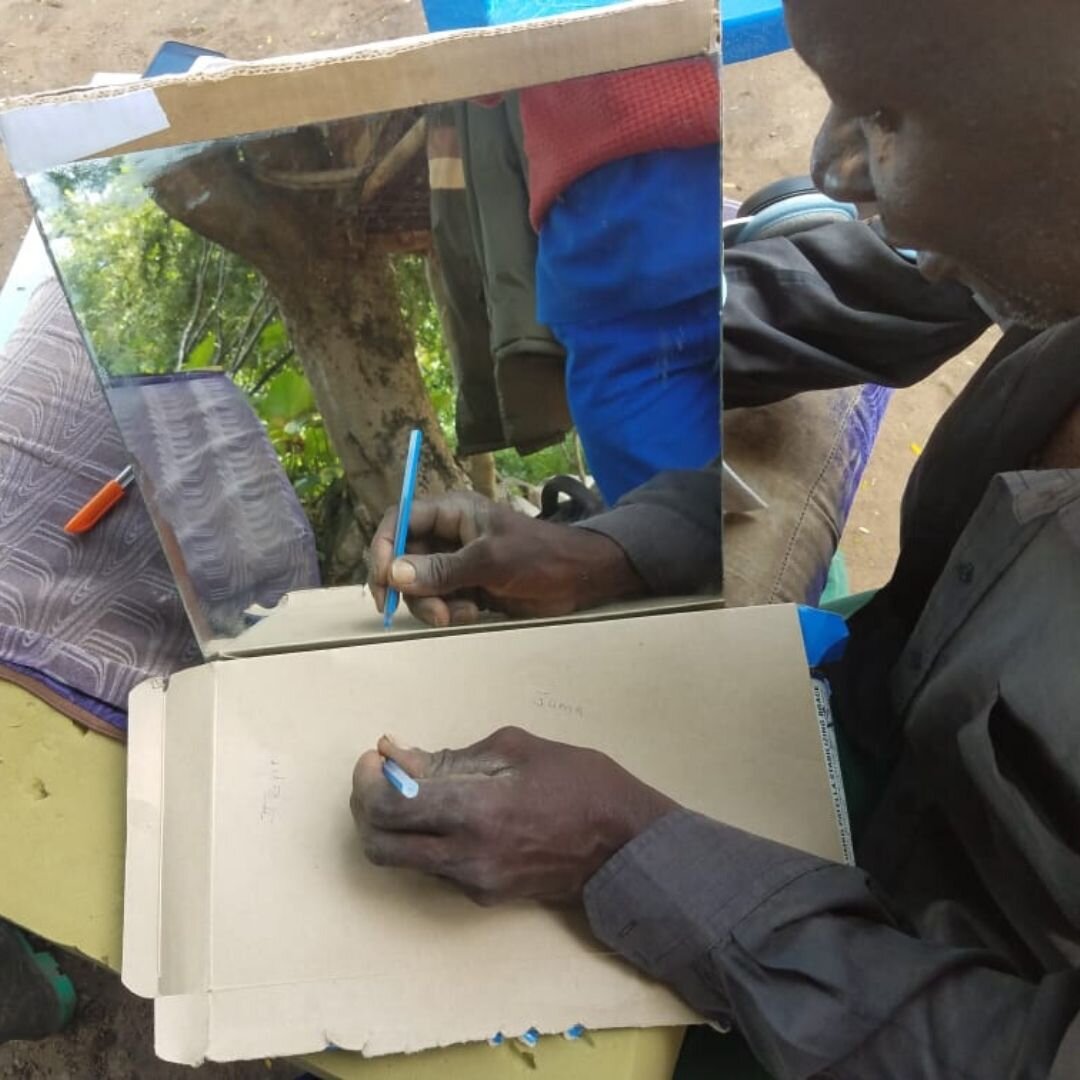You have been incredible.
It is not even December yet, and we have already surpassed our initial goal of $5,000.
We are deeply grateful.
That said, this doesn't mean an additional donation isn't going to help us. If we can raise another $5,000 then we have all the medical supplies, fuel and maintenance for the motorbikes for 1 year funded as well.
Do you think we can make it before Christmas?
I believe in you.
Fuel, medical supplies and maintenance of the two motorbikes costs AUD $5,000 each year.
This will enable us to deliver quality healthcare to children, people with disabilities and the elderly within our communities. People, who otherwise wouldn’t receive any healthcare.
You can read more about how our outreach project is changing lives here:
Thank you
Nina
P.S.
Please share this with your friends, in a post, in an email.
Hold a bake-sale, charity dinner, or raise money at your office or school.
Please sign up to our newsletter if you have not already.
